Spurred on by the Romantic movement, Danish painting hit a purple patch in the early 19th century: a period also marked by national tragedies, from bombardment by the British in 1807 to economic collapse in 1813. With more than 200 works on display, this exhibition explores how the arts in Denmark flourished in the face of adversity. Find out more from the Statens Museum for Kunst’s website.
Preview the exhibition below | View Apollo’s Art Diary here
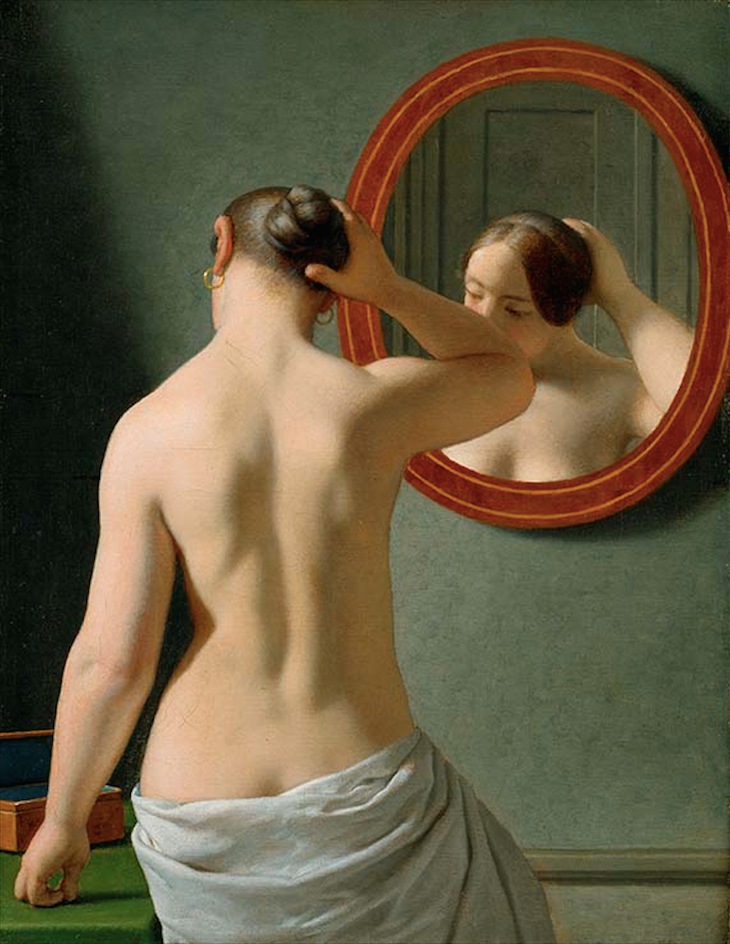
Woman Standing in Front of a Mirror (1841), Christoffer Wilhelm Eckersberg. Hirschsprung Collection, Copenhagen
Christoffer Wilhelm Eckersberg is often called the ‘father of Danish painting’, credited with ushering in the Golden Age. A professor at the Royal Danish Academy of Fine Arts in Copenhagen, he encouraged his students to complete plein air studies from nature, and in 1833 he was the first to provide students in Copenhagen with the opportunity to paint from nude models. His own intimate life studies, including this small-scale oil painting, are among his most celebrated works.
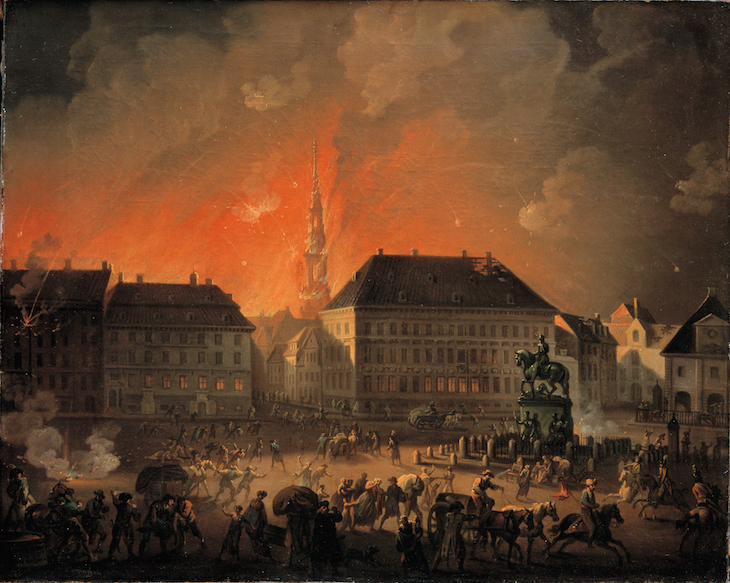
The Most Terrible Night. View of Kongens Nytorv in Copenhagen During the English Bombardment of Copenhagen (1807), C.A. Lorentzen. Statens Museum for Kunst, Copenhagen
In September 1807, at the height of the Napoleonic Wars, the British navy bombarded Copenhagen, capturing the Danish fleet and gaining access to the sea lanes between the North Sea and the Baltic. The shelling devastated the Danish capital, as depicted here by Christian August Lorentzen – a neoclassicist precursor to the Golden Age painters.
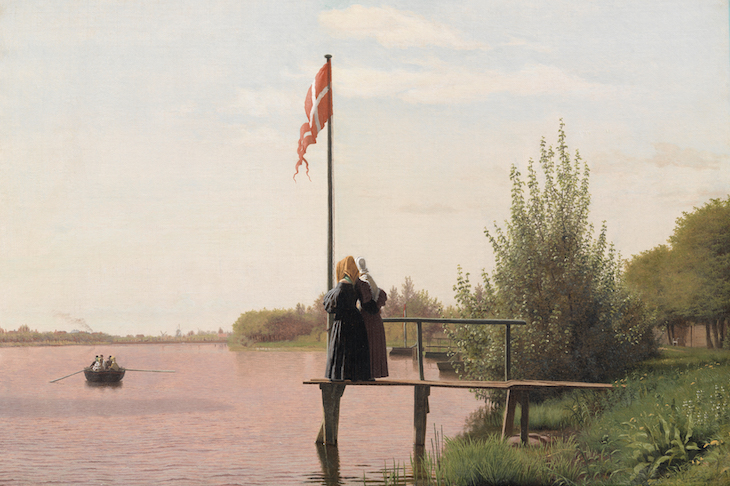
A View from Dosseringen near the Sortedam Lake Looking towards the Suburb Nørrebro outside Copenhagen (1838), Christen Købke. Statens Museum for Kunst, Copenhagen
Christen Købke, who began his training at the Royal Danish Academy at around the age of 12, was taught by both Lorentzen and Eckersberg, learning the discipline of strict observation from nature; he also came under the spell of the Romantic nationalist art historian Niels Laurits Høyen, who recommended that artists find their subjects in Danish monuments, folk culture, and the rural landscape. This composition depicts two women in traditional rural dress beside the national flag, watching a small skiff move across the Sortedam Lake.
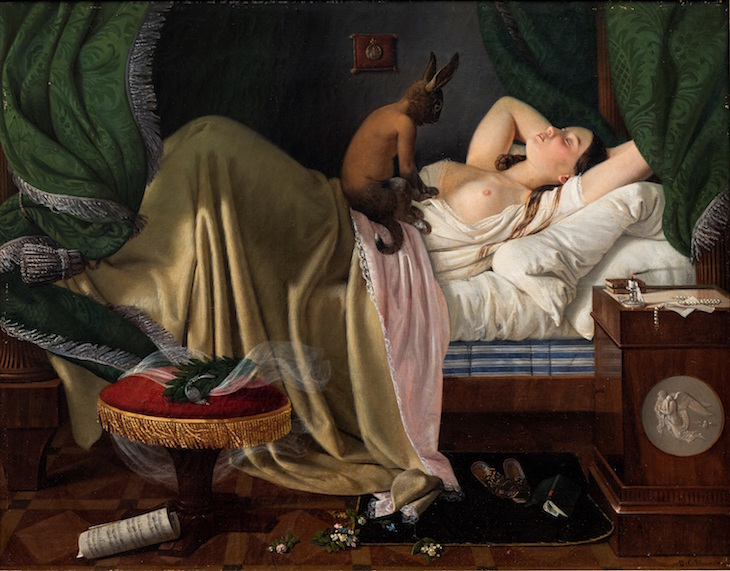
Nightmare (1846), Ditlev Blunck. Nivaagaards Malerisamling, Nivå
The Danish Golden Age saw a revival of interest in Nordic mythology across the arts. This painting by Ditlev Blunck depicts the original ‘mare’ from which the word mareridt (nightmare) derives – the malicious demon of legend that rides upon the chest of the afflicted. With the disturbing sexuality of the image, Blunck – who was exiled from Denmark for homosexuality in 1841 – satirises the hypocritical prudish affectations of the Danish bourgeoisie.

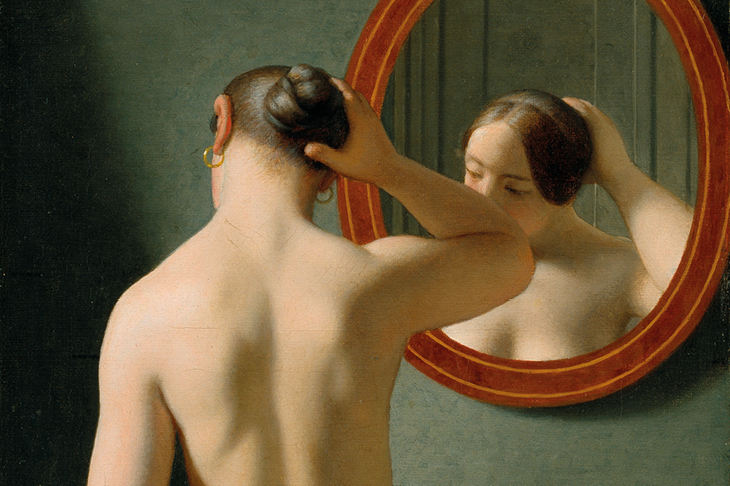









![Masterpiece [Re]discovery 2022. Photo: Ben Fisher Photography, courtesy of Masterpiece London](http://www.apollo-magazine.com/wp-content/uploads/2022/07/MPL2022_4263.jpg)
London has its own Dracula’s castle – and a stake is about to be driven through its heart